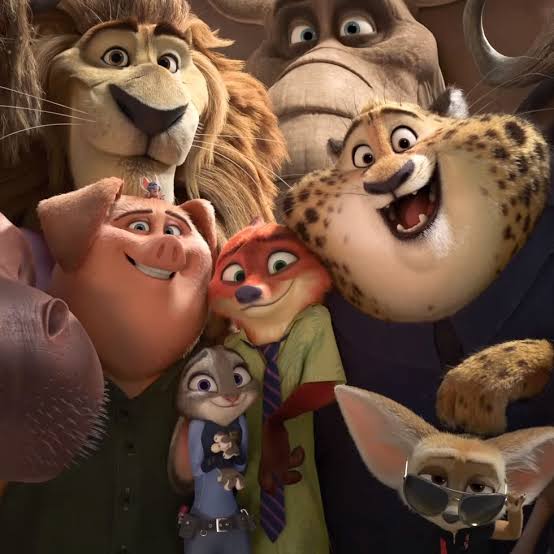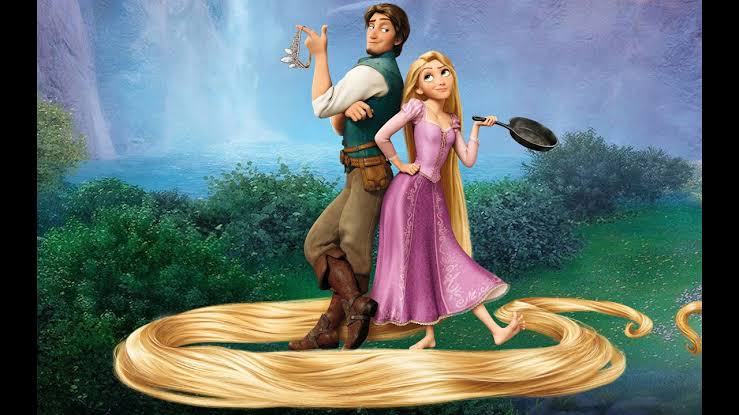In today’s digital age, movies and cartoons are ubiquitous in children’s lives, playing a significant role in their development. While often seen merely as sources of entertainment, these media forms are potent tools that shape the values, behaviors, and worldviews of young minds. Here, we explore how movies and cartoons influence child character development, emphasizing both their positive and negative impacts.

Positive Influences
1. Moral Education. Movies and cartoons frequently embed moral lessons within their narratives. Classic Disney films like “The Lion King” and “Beauty and the Beast” teach values such as courage, empathy, and the importance of inner beauty. These stories can help children differentiate between right and wrong, fostering a sense of morality from a young age.
2. Social Skills and Emotional Intelligence. Characters in movies and cartoons often navigate complex social situations, providing children with models for their own interactions. Through watching these interactions, children learn about empathy, cooperation, and conflict resolution. For example, the animated series “Arthur” tackles everyday social issues, helping children understand and manage their emotions.
3. Creativity and Imagination. Fantasy and adventure genres, in particular, stimulate children’s creativity and imagination. Films like “Toy Story” or “Frozen” invite children to explore new worlds and possibilities, encouraging imaginative play and creative thinking, which are crucial for cognitive development.

4. Cultural Awareness and Diversity. Movies and cartoons can expose children to different cultures and ways of life, fostering inclusivity and respect for diversity. Shows like “Dora the Explorer” and movies like “Moana” introduce children to diverse languages, traditions, and perspectives, helping them appreciate the rich tapestry of human culture.
Negative Influences
1. Stereotyping and Misrepresentation. Despite progress in recent years, many movies and cartoons still perpetuate stereotypes. Gender roles, racial stereotypes, and cultural misrepresentations can negatively impact children’s understanding of their own and others’ identities. For instance, early portrayals of female characters often depicted them as passive and dependent, which can influence children’s perceptions of gender roles.
2. Violence and Aggressive Behavior. Cartoons and movies often contain violent scenes that can desensitize children to aggression. Studies have shown that repeated exposure to media violence can lead to increased aggressive behavior and fearfulness in children. Parents and guardians need to monitor the content their children consume to mitigate these effects.
3. Unrealistic Expectations and Body Image Issues. Many characters in movies and cartoons are depicted with exaggerated physical features and idealized bodies, which can contribute to unrealistic body image expectations among children. This can lead to dissatisfaction with their own bodies and potentially to issues such as low self-esteem or eating disorders.

Maximizing the Benefits
To ensure that movies and cartoons positively influence child character development, parents and educators should adopt an active role in media consumption:
1. Co-Viewing and Discussion. Watching movies and cartoons with children and discussing the content can help reinforce positive messages and mitigate negative ones. Parents can use these opportunities to talk about the themes and moral lessons, asking questions that encourage critical thinking and reflection.
2. Content Selection. Careful selection of age-appropriate and educational content can maximize the developmental benefits of movies and cartoons. Resources like Common Sense Media provide reviews and ratings that can help parents choose suitable content.
3. Limiting Screen Time. Balanced screen time, combined with other activities such as reading, outdoor play, and social interaction, ensures a well-rounded development. The American Academy of Pediatrics recommends that children aged 2 to 5 should not spend more than one hour per day on screen media, and parents should create a family media plan for older children.

Movies and cartoons are powerful tools that can significantly influence child character development. When used thoughtfully, they can impart valuable lessons, enhance social and emotional skills, stimulate creativity, and promote cultural awareness. However, the potential negative impacts cannot be ignored. By actively engaging with their children’s media consumption, parents and educators can harness the positive aspects of movies and cartoons while protecting against their potential harms.




